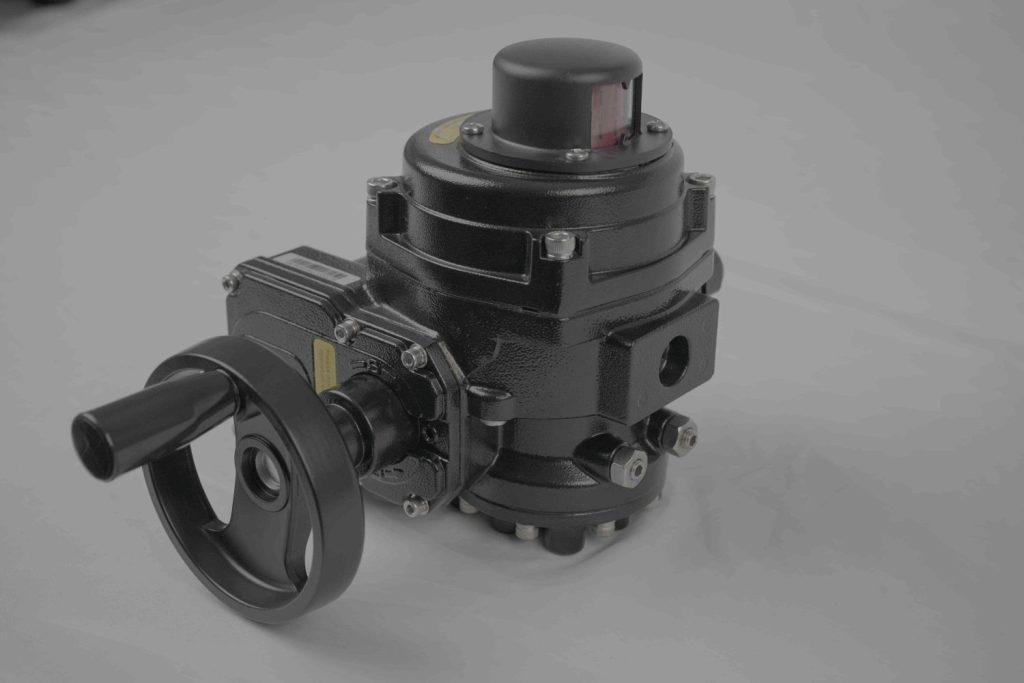Lithium batteries are at the forefront of powering a wide range of devices, from smartphones and laptops to electric vehicles and renewable energy storage systems. While the advancements in lithium-ion battery technology have significantly improved energy density, charging speeds, and longevity, ensuring the safety and reliability of these batteries is of utmost importance. One crucial component that plays a vital role in maintaining the integrity of a lithium battery is the lithium battery valve. This article delves into the significance of the lithium battery valve, how it functions, and its impact on the safety and performance of lithium batteries.

What is a Lithium Battery Valve?

A lithium battery valve is a safety mechanism designed to regulate the internal pressure of a lithium-ion battery. The valve serves as a protective feature that helps control the battery’s pressure levels during charging and discharging cycles. In essence, the valve acts as a fail-safe, ensuring that the battery remains stable and does not experience dangerous pressure build-ups that could lead to overheating, leakage, or even explosions. Lithium-ion batteries are known for their energy density, which means they can store a significant amount of power in a small space. However, as the battery discharges or charges, various chemical reactions occur within the cell. These reactions generate heat and gas, which can cause pressure to rise inside the battery. If the pressure becomes too high, it can lead to catastrophic failures. The lithium battery valve, therefore, is an essential component in preventing such situations.
